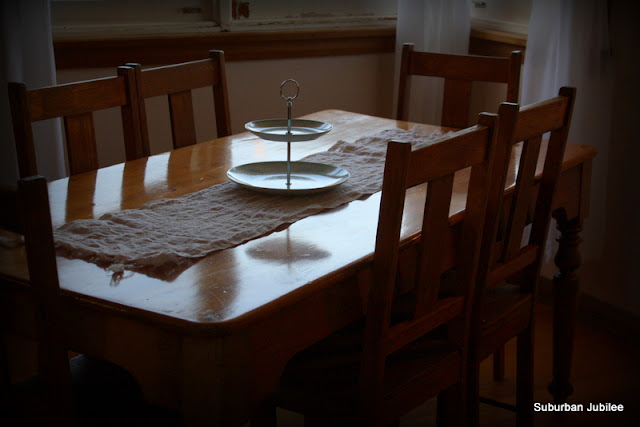This is a Turks Turban pumpkin and it is an heirloom variety of pumpkin from the 1800s. It's not commonly seen on the supermarket shelves and I want to share with you a discussion we had recently at our Living Better Group.
Once upon a time....
there were many varieties of vegetables but the scope has been narrowed considerably and that has been partly due to consumer demand but mostly due to supermarket requirements.
So why do varieties fall from favour?
Someone growing the Turks Turbans might say they would never grow them again because they were full of seed and not as much flesh as a Jarradale or a Jap, but we have to look at the whole fruit.
The Turks Turban does have a lot of seeds but they are delicious. In fact I grow this pumpkin precisely for the seeds. I eat them raw and straight from the pumpkin. The seeds are high in iron, magnesium, protein, zinc and Vit K. They also contain a substance that paralyses and expels intestinal worms. The skin is very hard making this a long keeping pumpkin.
The supermarket buyers aren't interested in keeping qualities and just want to present an easy to cut fleshy pumpkin and that is what a lot of buyers want too but growers can be far more discerning.
You might grow some fleshy golden nuggets for their golden soft flesh. They cut so easily and are always round and symmetrical. These would be the first to eat through autumn. Great for cut wedges to bake in the oven with roasts.
As autumn progresses to early winter you might start cutting into these golden giants that you grew. The skin is a medium thickness and they are not terribly fleshy but these giants contain melt-away pumpkin ideal for soups. Their giant proportions are suited for big batches of warming soup.
Then towards the end of winter, you would start cutting your Turks Turban or the Queensland Blue. Their incredibly tough skin makes them keep for months and months, providing nourishment in the hungry time when not much is growing.

Some people are disappointed with heirloom seeds but I think you have to ask yourself, are you looking at ALL the characteristics of the plant and the produce? Am I judging the plant on it's full merit or just what the supermarket man wants me to see?
It's about perception and convenience.
Take for instance tomatoes. How often we hear people complaining that supermarket tomatoes don't taste like tomatoes did.
Be honest.
When you go to the supermarket, do you buy the green stripy ones, the black/red ones or do you expect your tomatoes to be rich, post-office box telephone booth red?
Did you realise that after much market research, there is actually an "acceptable" and "desirable" size of tomato? It is the right roundness and right size for sandwich slices. That is the public perception requirements. Then there are the supermarkets requirements. They need a fruit that can be transported and shelved for a period of time. It needs to be robust enough to pass through several hands. They don't want the thin skinned varieties that might mark on the vine and worse, show wear and tear from harvest. They want thick skins that will pass from hand to hand and survive the shelving. They will sacrifice perfect roundness for flavour and they will sacrifice flesh/seed ratios over colour.
You will not find the Amish Brandywine tomatoes in the supermarket because their skin is too soft and their shape too pendulous and in fact they tend towards a lurid pink rather than a red-red. But my word they are a flesh hearty tomato for bottling and they are easily cut and cored.
So when you are considering the merits of the vegetables you are growing, take off that supermarket hat and those mass buyers goggles. Consider the growing habit and the storage merits. Judge the flesh and the seed and choose a variety of produce to suit your needs, not what the wider perception is.


































